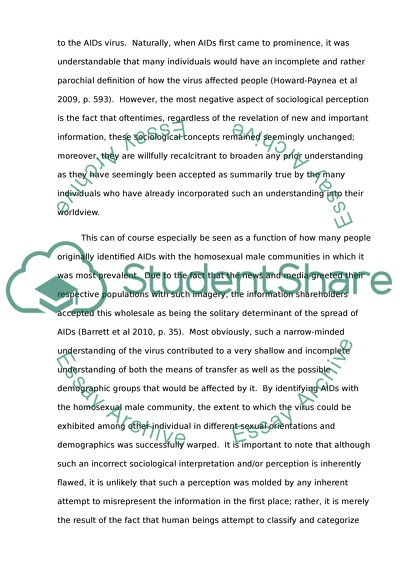Cite this document
(“Sociological perception of AIDS Essay Example | Topics and Well Written Essays - 2750 words”, n.d.)
Retrieved from https://studentshare.org/sociology/1403049-how-can-the-social-responses-to-hiv-aids-be
Retrieved from https://studentshare.org/sociology/1403049-how-can-the-social-responses-to-hiv-aids-be
(Sociological Perception of AIDS Essay Example | Topics and Well Written Essays - 2750 Words)
https://studentshare.org/sociology/1403049-how-can-the-social-responses-to-hiv-aids-be.
https://studentshare.org/sociology/1403049-how-can-the-social-responses-to-hiv-aids-be.
“Sociological Perception of AIDS Essay Example | Topics and Well Written Essays - 2750 Words”, n.d. https://studentshare.org/sociology/1403049-how-can-the-social-responses-to-hiv-aids-be.


